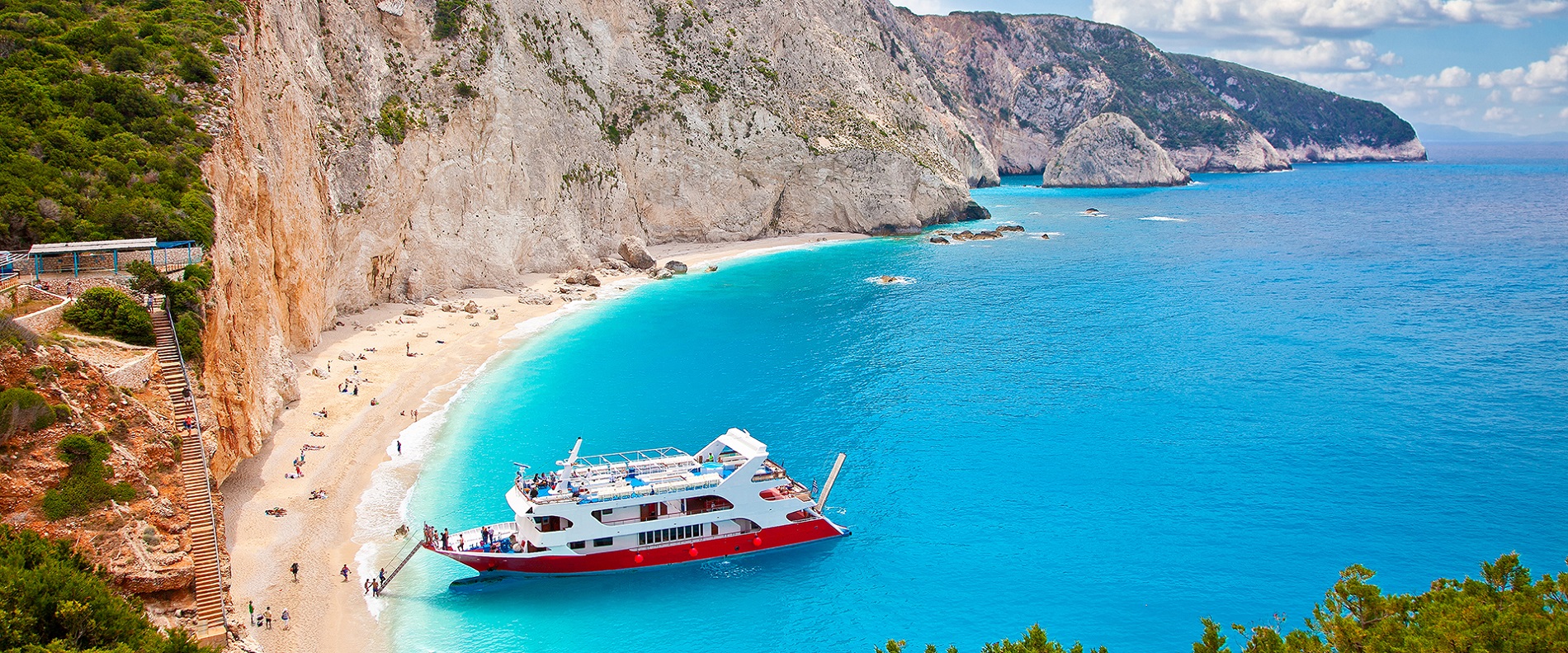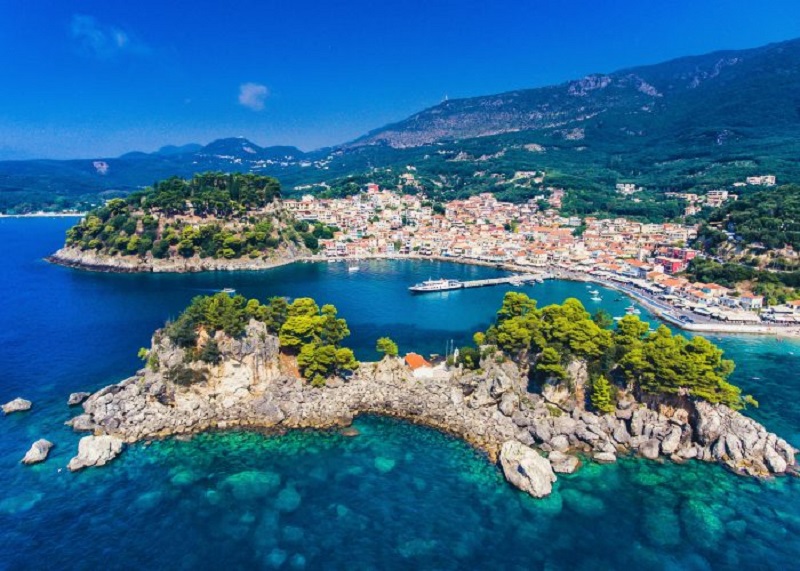 Three secret European cities where you need to travel
Three secret European cities where you need to travel
 2019-12-02 18:05:00
2019-12-02 18:05:00
These charming three small towns in Europe come with jaw-dropping scenery, delicious food, history and more...
Kotor - “Little Venice”, Montenegro
Kotor is one of the oldest cities in Montenegro, located on the limestone cliffs of Mount Lovcen on the Adriatic Sea. In the medieval Old Town, surrounded by a fortified wall, the traveler will find many squares, winding streets and several Romanesque churches, including the Romanesque-Gothic style of St. Tryphon Cathedral, built in the 11th century. The city owes its appearance to the Venetians, who have owned it for 400 years. In the Old Town, there is also the Maritime Museum, dedicated to the history of local navigation.
Jump on a boat and visit the artificial island of the Lady of the Cliffs or climb the Venetian castle to enjoy a comprehensive view of the city. In the bay near the town of Perast, there are two small islands, on one of which, the island of St. George, stands an ancient abbey. In the most remote part of the bay is the UNESCO World Heritage Site of the old city of Kotor. One of the best-preserved attractions in the region, which has rich cultural traditions.
The city was built like a labyrinth for defensive purposes.
The streets are narrow, at every step you may see either a 12th-century church, or a 13th-century fortress, or a palace. Untouched by wars and cataclysms, it seems to be frozen somewhere in the distant past. And only a multilingual crowd of tourists, umbrellas of street cafes and snow-white cruise ships in the Old Port tell us that it is already the 21st century in the courtyard.
Now the city is becoming one of the largest tourism centers in Montenegro.
Preveza, Island City in Epirus, Greece
The fishing village of Preveza appeared in the 11th century. Preveza was first mentioned in 1292. This small but modern city is located in Amvrakikos Bay, in a picturesque historical center, where there are paved streets and pedestrian paths with taverns and cafes. The port has a beautiful promenade where locals love to walk, and the city boasts a cultural and artistic life, where numerous events are often held. The biggest sights include the city of victory Nikopolis built by Octavian Augustus, founded by the emperor in 31 BC in honour of the victory over Anthony and Cleopatra in the famous naval battle at Aktsium, as well as the remains of the Oracle of the dead, where, according to the ancient Greeks, could meet with the dead. In addition, the traveler will discover such unique memorials as the Venetian tower with a sundial next to the church of St. Harlampy, which is decorated with a carved iconostasis, the church of St. Athanasius with icons of 1780, the Pantocrator castle with the chapel of the same name, built-in 1807 by Ali Pasha to control the entrance to the Gulf of Amvraki. From Preveza by hydrofoil you can get to neighbouring Kefalonia, Lefkas, Paxos, as well as the legendary Ithaca. For tourists who love to sunbathe, miles of beautiful and not crowded beaches in the Canal are waiting for this loveliest corner of the world, and for lovers of seafood, they will be delighted with caviar from the Ambracian Bay, pie with onions and fried snapper in garlic sauce.
Osijek, Croatia
Situated on the Drava River, Osijek boasts elegant architecture, a18th century restored fortified center (Tvrda), perfect for a day of exploration, the magnificent St. Peter and St. Paul Church and an extensive network of coastal walkways. Osijek is the fourth largest city in Croatia. The city has more than 2000 years’ history. Over the course of two millennia of history, the city fell from hand to hand and was completely destroyed several times, and then was rebuilt again from scratch. As a result of the 18th-century Turkish-Austrian wars, the city was captured from the side of Austria-Hungary and came under the rule of the Habsburgs.
In 1721, a castle in the Baroque style was built in the place of the destroyed city, and the city has already begun to grow rapidly. The city is famous for its picturesque old city with charming streets and large squares, in which you can find several impressive sights: a monumental cathedral, an old fortress, a column of St. Trinity. Osijek can be divided into five districts: Tvrđa, Upper Town (Gornji Grad), Lower Town, New Town and industrial zone. The main attractions are located in the Upper Town and the fortress of Tvrda, where the fortress of the Baroque period is well matched. There is the church of St. Michael in the fortress. Osijek attracts the attention of travelers and parishioners from different corners of the world with their small cathedral of Saints Peter and Paul. The cathedral is a typical classic neo-Gothic church. It is built of stone and lined with red brick. The plan has the shape of a Latin cross, the interior is divided into three naves. In Osijek, many buildings of the Austrian period in the Baroque style have survived. Food and drink belong to the so-called Kitchen of Slavonia. This is a kind of synthesis of Austrian, Hungarian and Croatian cuisine. Croatian food is a result of the unique historical development of Croatian cuisine. The culinary traditions of the Austro-Hungarian Empire had a great influence on the cuisine of Slavonia, but the Hungarian influence is felt more clearly. Meat and fish dishes in these places are served with gravy, flavoured with paprika. Most often, river fish is prepared, caught in the Drava river. Be sure to try at least some kulen snacks that these places are famous for. This is smoked salami sausage, abundantly seasoned with paprika and chilli. Often, it is served with sweet pepper, tomatoes and pickled vegetables (tursija) or with soft, mild cheese. Popular traditional dishes: kulen (spicy sausages), fish stew with noodles and paprika, čobanac (stew), gulas (meat goulash), šnitzl (schnitzel), river fish (catfish, carp). In Osijek, there is the oldest brewery in Croatia called Osječko, which was founded in 1687.